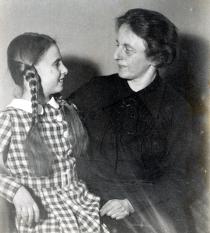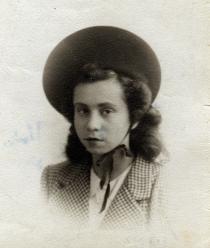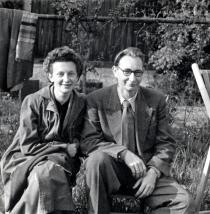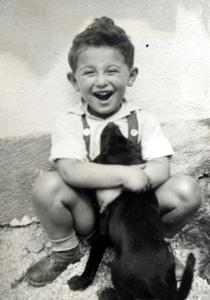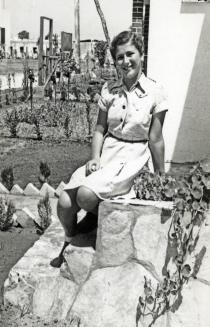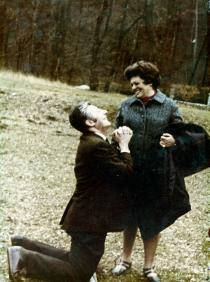Picture this: you’re a child, between the ages of 9 and 14. You’re living in Vienna. You’re Jewish.
So far, so good.
But its March, 1938, when German troops are marching over the Austrian border—unopposed.
More than 175,000 Jews are living in Vienna and every one of them is suddenly desperate to get out of the country. Your parents included.
Then comes 9 November, 1938: Reichspogromnacht. Scores of synagogues are put to the torch, hundreds of Jewish businesses are ransacked, thousands of Jewish men are beaten on the streets and a great many are shipped off to concentration camps.
In Season Two of CENTROPA STORIES, you will meet three of our interviewees whose parents took them to Vienna’s train stations and put them on Kindertransports to England, then went home to wait for the knock on the door they knew would come.
You’re also going to meet three people who fled with their entire families—and ended up hiding in Budapest, sent to a prison camp in Kazakhstan, and even to a British army prison—in the Indian Ocean.
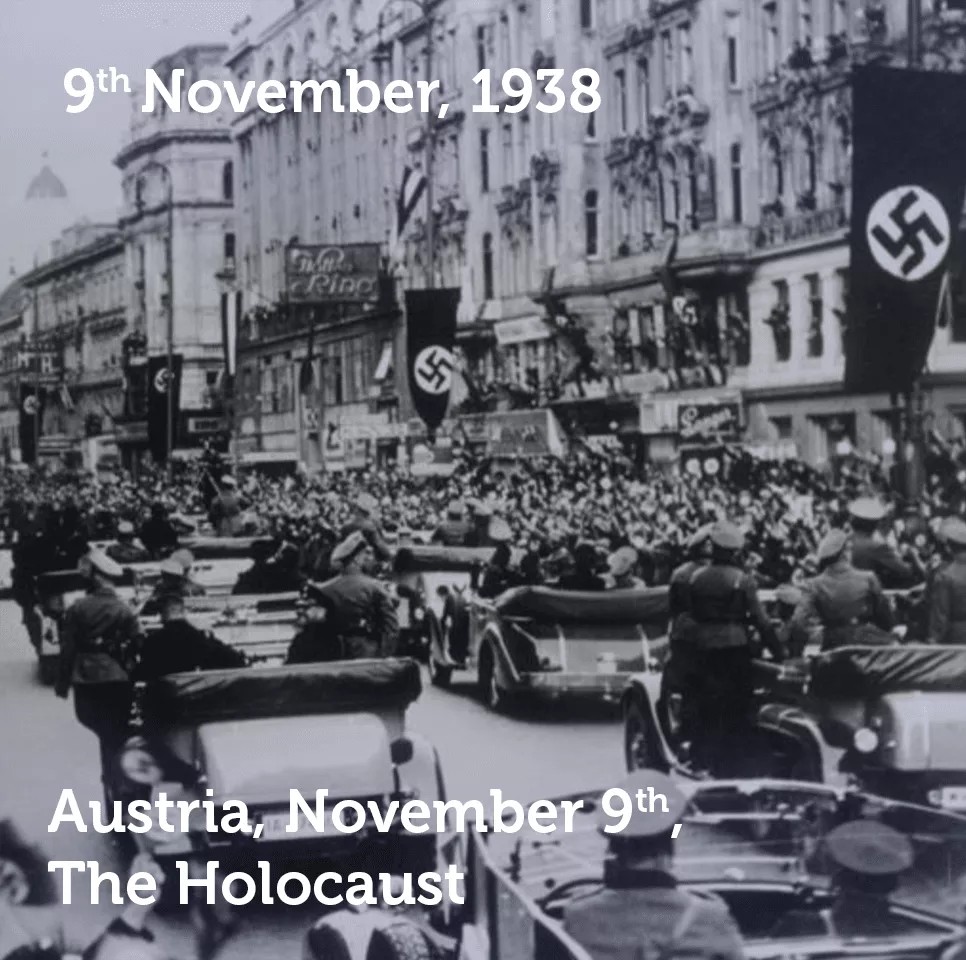
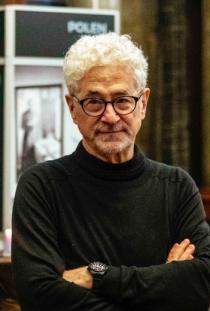
Sophie Engler: From Vienna to a village in Scotland
Sophie was born into a wealthy family that would soon lose everything, including the lives of her family. Just nine-years-old when her mother brought her to the train station, Sophie could only hope she’d see her mother again.
Narrated by Jilly Bond
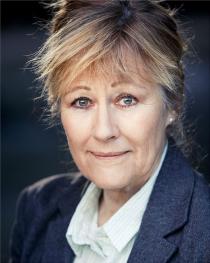
Kitty Suschny: From Vienna to Manchester
Kitty’s father died of a heart attack well before the Germans marched into Austria. After the Anschluss her brother fled and Kitty’s mother took her to the station. “Don’t worry about me,” she said. “I’m the widow of an army officer.”
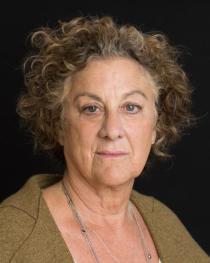
Lilli Tauber: From Wiener Neustadt to Cockley Cley
Lilli was living in a small town when suddenly, all her non-Jewish friends started avoiding her. Then came November 9th. Lilli’s parents desperately looked for a way to save their daughter.
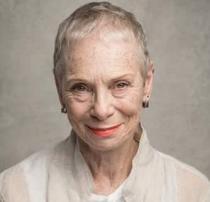
Heinz Bischitz: From Oberwaltersdorf to Budapest
Heinz came from the only Jewish family in their village and got along with everyone. Until Austria was subsumed into the Third Reich. A tale of fleeing to Hungary for safety. Out of the frying pan and into the fire.
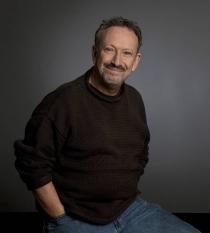
Kitty Drill: From Laa an der Thaya to Mauritius
Kitty Drill came from a family of cattle dealers and fruit sellers. When the Germans occupied Austria, eight mem-bers of her family took a ship down the Danube, another to Haifa, and ended up in a British prison in the Indian Ocean.
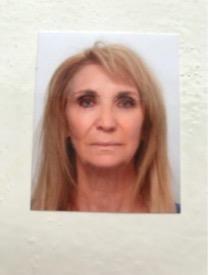
Kurt Rosenkranz: Vienna to Kazakhstan
Kurt was obsessed with football (soccer). When the family fled to Riga after 1938 and he became obsessed with Communism. Until a Red Army soldier knocked on their door, ordered the family to follow him, and sent them on a train to a gulag prison camp. “Communism,” Kurt said, “You’re dead to me.”
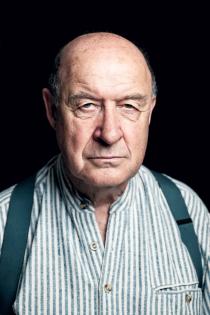
Season 2 of CENTROPA STORIES was made possible by the Austrian Federal Chancellery in Vienna and the Jack Buncher Foundation, Pittsburgh.
It was produced in Vienna by Patrick Schmid with additional help of Ivo Spassov in Sofia.
Edward Serotta was the Executive Producer.
Website development and design by Fabio Gschweidl.
Translations by Joachim Lüdtke, Fabian Ruehle, Patrick Schmid and Jonathan Schwers.
The English language episodes were recorded in London, the German language episodes in Vienna.
The interviews were conducted by Tanja Eckstein between 2002 and 2005. You can find well over a thousand first hand stories and 25,000 annotated pictures on our website, as well as multimedia films, thematic webpages and an entire host of educational materials created for teachers and students in North America, Europe and Israel.
Supporters



